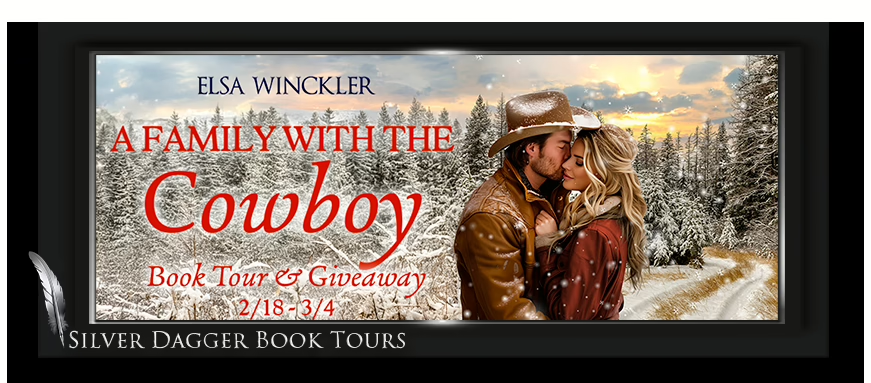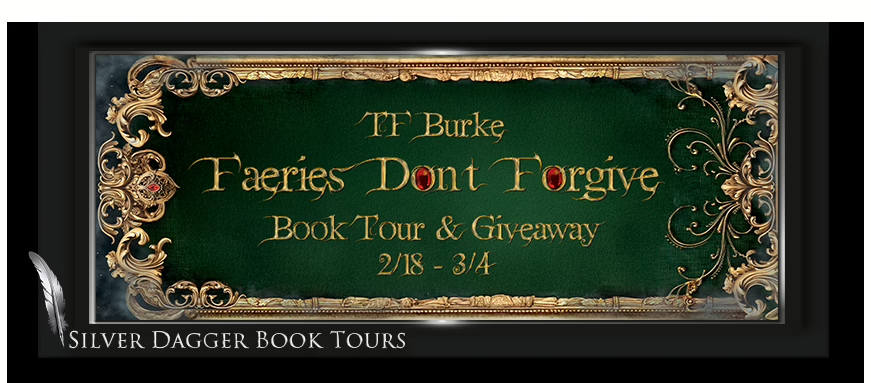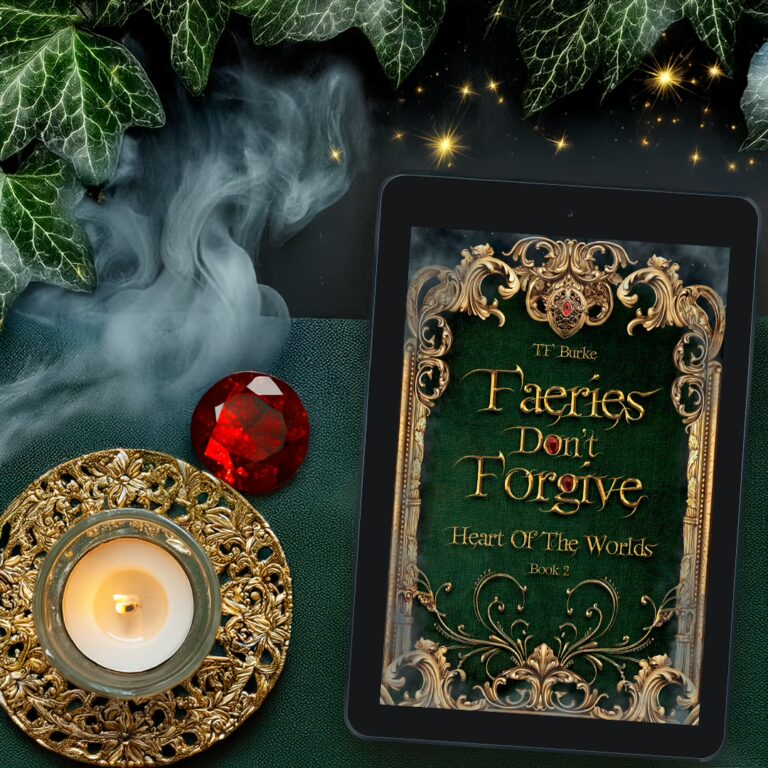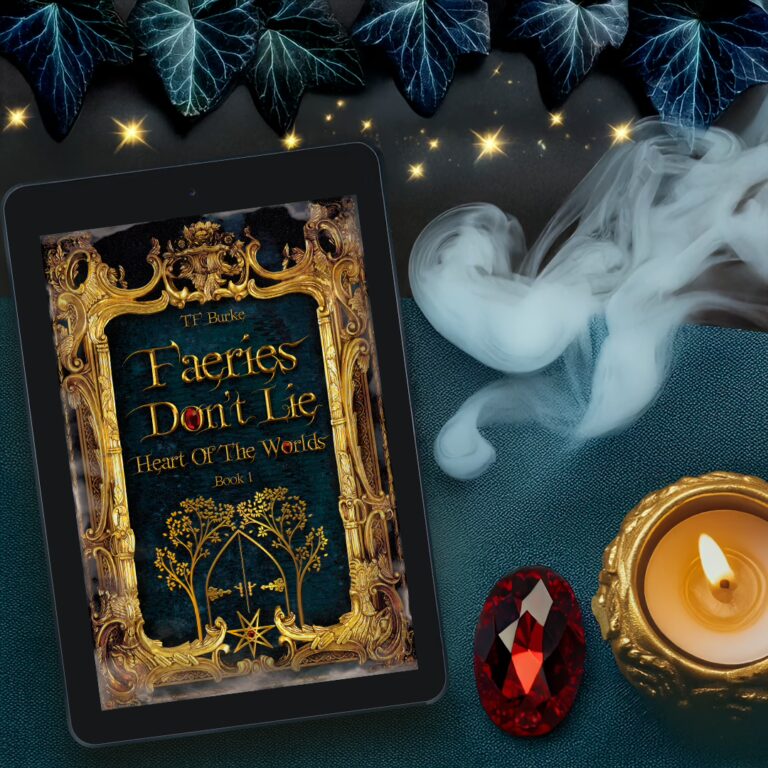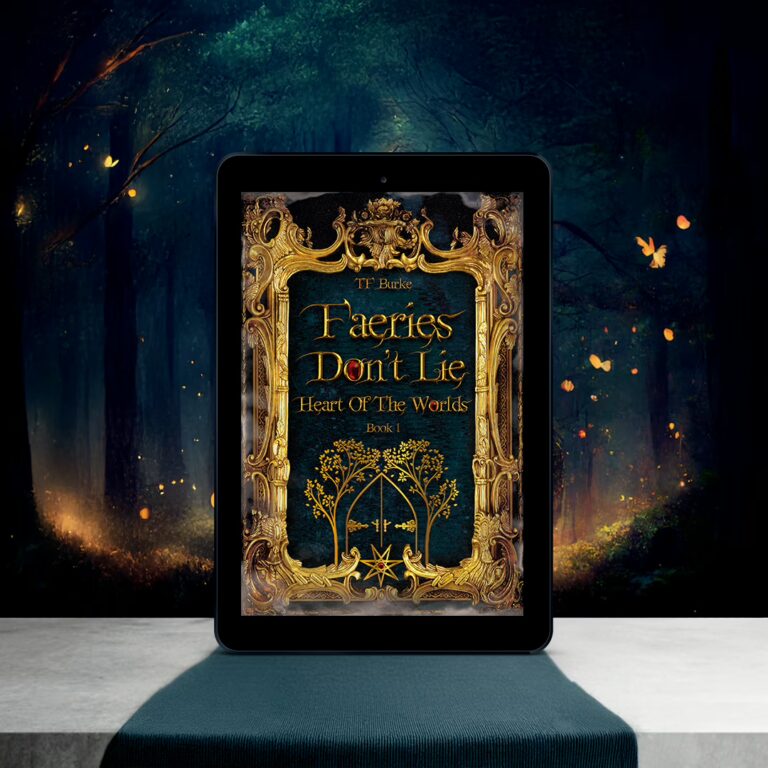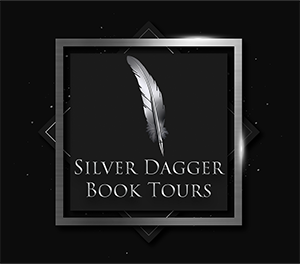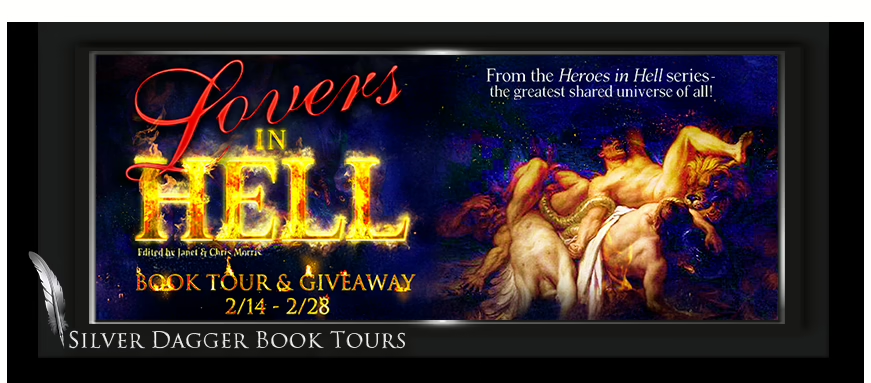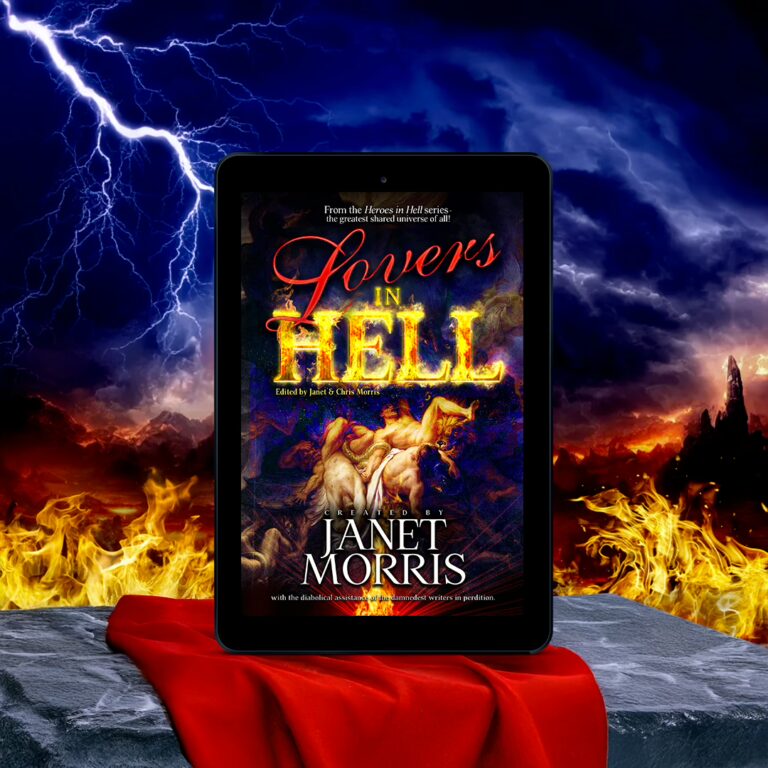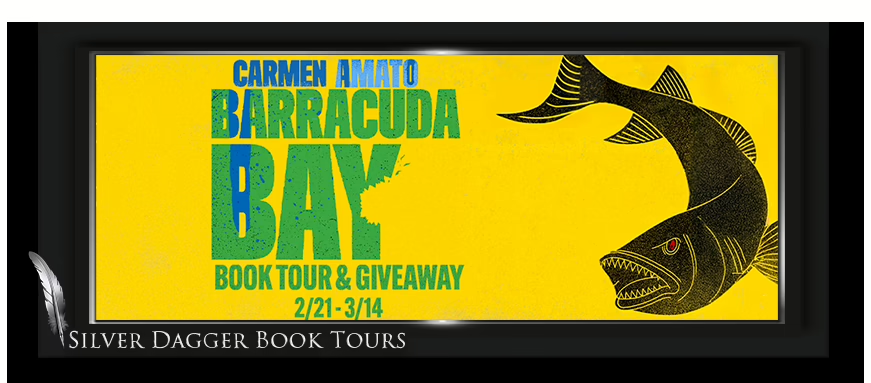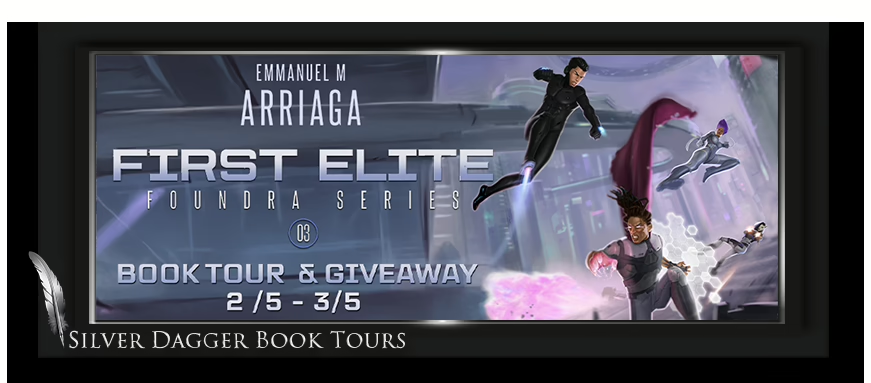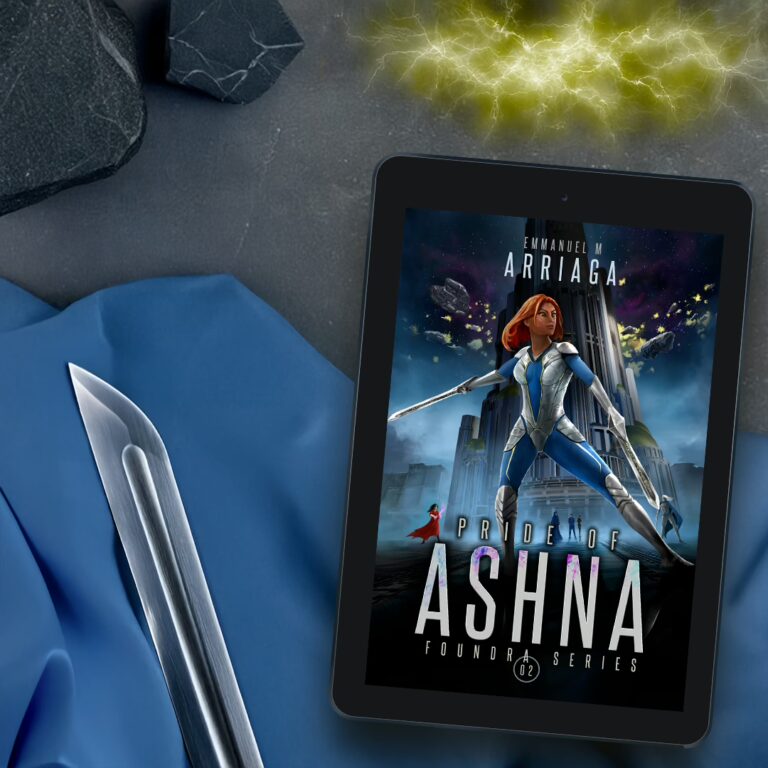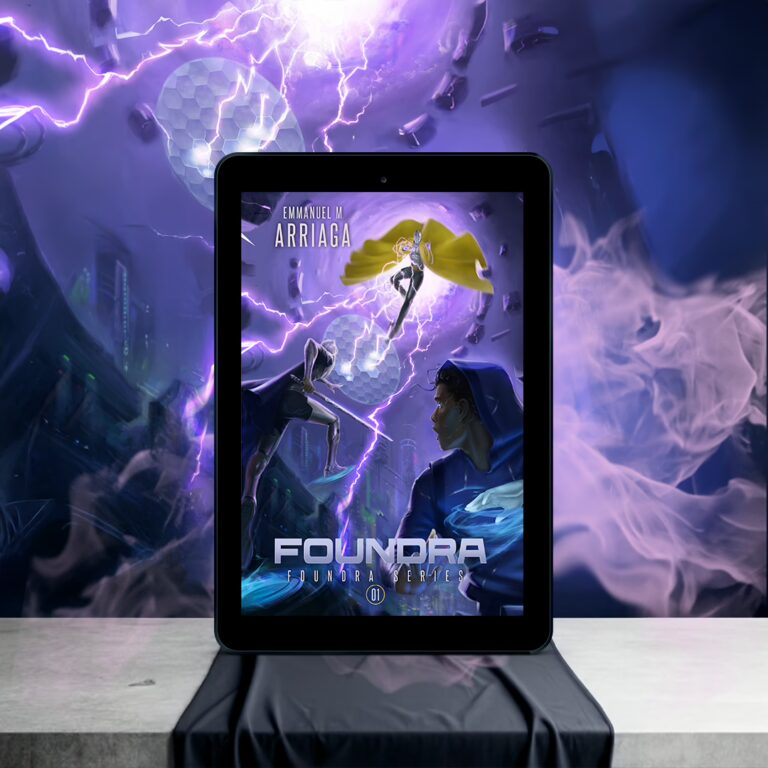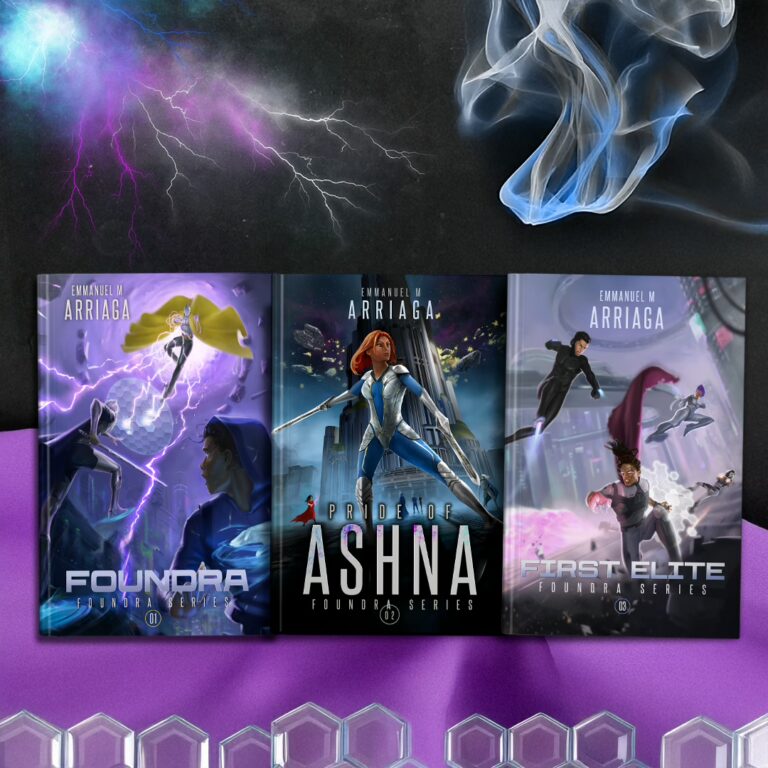When vengeance becomes your only purpose, how far will you go?
First Elite
Foundra Series Book 3
by Emmanuel M. Arriaga
Genre: Science Fiction, Space Opera
When vengeance becomes your only purpose, how far will you go?
Grief-stricken and betrayed, Neven Kenk embarks on a dangerous mission to avenge his wife, whose life was stolen in a brutal act of violence.
Paired with Tashanira, a fierce Uri warrior, and Ellipse, a sentient AI, they embark on a daring mission to hunt down the killer, Entradis.
But when their mission ends in catastrophe, they are forced to abandon the hunt and are removed from active duty in the Founder’s Elites.
Their quest for redemption takes them to the farthest reaches of the Twin Galaxies, where they uncover fragments of a forgotten history and the veiled truths of their existence.
But their journey leads to a revelation none of them are prepared for. The trio confronts the legendary First Elite and faces the harrowing cost of service to the immortal Founders of the Huzien Empire.
Blending rich world-building, emotional depth, and epic adventure, First Elite explores the strength it takes to rebuild after loss and the unyielding price of loyalty in a galaxy teeming with intrigue and high-stakes politics.
Amazon * Bookbub * Goodreads
Book Links:
Amazon: https://www.amazon.com/gp/product/B0DP7Z72BQ
Bookbub: https://www.bookbub.com/books/first-elite-by-emmanuel-m-arriaga
Goodreads: https://www.goodreads.com/book/show/222066089-first-elite
Pride of Ashna
Foundra Series Book 2
In the Outer Rim, a lawless region of space filled with violence, a young girl vows vengeance against the marauding pirate bands who brutally murdered her family.
After enlisting with the zealous matriarchal Ashna Maidens who attempt to police the Outer Rim, Serah’Elax quickly becomes a powerful weapon.
Meanwhile, a ruthless pirate band has taken over a cruise ship deep within Alliance space.
They run into unexpected trouble when they encounter a few members of the highly trained force of military specialists known as the Founder’s Elites, who happened to be vacationing on the vessel.
Disturbed by the boldness of the pirates, the Alliance tasks the rest of the Founder’s Elites with dealing a powerful blow to the marauders, who normally operate in the Outer Rim, once and for all.
However, they quickly discover that things in the Outer Rim are not as expected.
The young warrior and Founder’s Elites must come together to face an extradimensional threat left over from the Rift War that seeks to turn the last bastion of safety in the Outer Rim into something that could threaten the entire Twin Galaxies.
Will the new allies have the cunning necessary to defeat this insidious threat or will it tear the Ashna Maidens apart from the inside?
Amazon * Bookbub * Goodreads
Book Links:
Amazon: https://www.amazon.com/gp/product/B08VJ7MB68
Bookbub: https://www.bookbub.com/books/pride-of-ashna-foundra-book-2-by-emmanuel-m-arriaga
Goodreads: https://www.goodreads.com/book/show/56952847-pride-of-ashna
Foundra
Foundra Series Book 1
A powerful force known as the Enesmic permeates every aspect of the universe. It powers the mystical art of Cihphism which allows a gifted few to manipulate the very world around them. But something has gone terribly wrong.
When the flow of the Enesmic shifts, the most powerful Cihphist in the galaxy, Soahc, can sense that something is coming.
Unable to convince other Cihphists to act, Soahc takes his apprentice and sets out to find the source of the disturbance.
As colonies across the Huzien Alliance are attacked by terrifying creatures, a prodigy named Neven is recruited to join the Founder’s Elites, a highly skilled squad of specialists from across the galaxy.
Under the direct command of Lanrete, their immortal leader, they join forces with Soahc and set off to discover where the creatures are coming from.
The Founder’s Elites uncover an ancient threat from another plane of existence that threatens life as they know it.
With a race against the clock and a terrifying war machine from eons past churning once more, will they be able to stop the engine of death, or will they be consumed by it?
Amazon * Bookbub * Goodreads
Book Links:
Amazon: https://www.amazon.com/gp/product/B07RM24TGL
Bookbub: https://www.bookbub.com/books/foundra-by-emmanuel-m-arriaga
Goodreads: https://www.goodreads.com/book/show/208914363-foundra
First Elite
by
Emmanuel M Arriaga
The effects of the Enesmic Shipyards erected by Sagren during the Rift War appear non-reversable. Life will never again flourish here.
-FROM “ENESMIC SHIPYARD EFFECTS ON TRICA VII”
MINSCI METABASE
- 1.- Neven Kenk
80123 FA (Present Day)
Foundra Ascension orbiting the Paradise Planet Genmatha, Huzien Alliance space
The steady, monotone beeping of the heart monitor blared across the medical deck.
Zun Shan’s unmoving body was suspended in a complex surgical station and cordoned off behind a stasis field.
Her neck was at an odd angle, and her hazelnut brown, angular eyes were lifeless and hollow. Her chest wasn’t rising or falling in the universal life-signaling act of breathing known to most species across the galaxy.
Instead, a drone was busy at work rapidly rebuilding the fist-sized hole in her chest.
The one where her heart should have been.
Jenshi Runso, chief medical officer aboard the Foundra Ascension, was methodically commanding the army of drones.
His face was hard. Emotionless. Jenshi was known for his intense focus—that uncanny ability to shut everything out.
Neven Kenk, a Human pressed against the field surrounding Zun, wished Jenshi wasn’t quite so skilled at ignoring him.
Neven’s jade-green eyes trailed over Zun’s tanned form, slowly tracing the light black esha marks running the length of her body.
He remembered her touch and the warmth of her skin as they held hands on the beach, both finding the mix of her tanned skin tone and his dark olive a thing of beauty.
He recalled how her smile lit up his life every time she ran her fingers across his muscular chest—molded to perfection over two years of grueling sparring sessions with merciless combat trainers.
He closed his eyes, forcing himself to breathe. But behind his lids, the cold blue eyes and wicked grin of Zun’s attacker stared back at him.
Entradis.
Neven, move! Ellipse, his personal Synaptic Systems Intelligence, or SSI, shouted in his mind. He’s going to kill you!
Neven was frozen, his body numb. His eyes hung on Zun’s lifeless form as her blood changed the white sand to a dark shade of red. The soft hues of the setting sun were replaced by blinding lights all around him, and the intensity of it caused him to shield his eyes. The light was replaced by a wall of power armors jutted up out of the white sand of the beach, many of them closing instantly upon materializing, except for one directly in front of him.
Get in! Ellipse urged Neven forward. Acting without conscious thought, he lunged, pulling himself into the back of the power armor.
As it sealed around him, unseen forces knocked many of the other power armors away. It was the unmistakable work of Enesmic weaving—the powerful ability only usable by Cihphists. It was a power Neven had never had.
The freshly cleared path established a line of sight between Neven and Entradis.
“Beginning spinal realignment and neurological repair.” Jenshi’s words snapped Neven back to reality.
He watched as another drone finished connecting a series of tiny thin nanotubes along the back of her skull, down her neck, and most of her back. A loud crack echoed throughout the deck as her head shifted, becoming less macabre in angle.
Many of the tubes exited her body, while the remaining ones moved rapidly in and out of her skin around the central part of her neck and across her skull, quickly working to rebuild the tendons, nerve endings, and grey matter. Another drone moved to assist, rebuilding the tissue in tandem with the other machines.
“Sweet irony.” Entradis reached out and clenched his fist. The area around them trembled at the terrible swirling of Enesmic energy.
A hum sounded from the primary power core as Neven’s power armor flared to life, and its innate defenses held the crushing Enesmic force at bay. Neven’s power armor glowed bright blue, and the cooling system let off a hiss as Entradis ceased his attack.
“Not this time, monster,” Neven broadcasted from his armor. “The Yuvan system I created will prevent you from killing any more Secnics in their power armors.”
A neural interface link slapped against the back of Neven’s neck, locking in place. He winced; the emergency link was less comfortable than his standard interface suit. A tingling sensation ran down his spine, signaling his nervous system syncing with the control interface.
Neven growled, rage blurring his vision. The power armor lunged forward with incredible speed.
Entradis shifted out of the way, using Enesmic forces to accelerate his body to inhuman speeds. Even with the boost, he only narrowly avoided a crazed Neven.
No! Neven, we must flee! Ellipse shouted.
“He just killed Zun, Ellipse.” Neven’s tone was cold.
Then we fight to the end, Ellipse said.
There was sadness in her voice. The other power armors came to life under her control. Dual Fephonic shoulder cannons emerged from their dens, unleashing blasts of energized plasma at Entradis.
Entradis was knocked to the ground. The blasts impacted his barrier with devastating effectiveness. Scrambling up, Entradis shaped some Enesmic power into a rope and pulled it taut. “Let’s dance.” He grinned.
“Cardiovascular system reconstruction complete,” intoned the soft SI voice of the medical deck.
Jenshi didn’t respond, his eyes glued to one of the many holodisplays around him. A holographic representation of Zun’s spinal system appeared outside of her body. He walked over to the display and tapped a series of sections, immediately sending drones to work on those portions of her body.
He examined another holodisplay, briefly meeting Neven’s gaze along the way. Without acknowledgment, he tapped the screen and sent more drones into action.
Entradis ripped one of the power armors apart, using the powerful Enesmic force to peel back sections of the armor. Once he detected no soft Human center, he abandoned the target and pursued another.
Neven worked with the power armors, each attacking with their entire arsenal as he hid in plain sight, each armor a replica, mimicking his actions.
Entradis lunged into one of the power armors, his hands angled forward like claws as he dug into the machine in a frenzy. He ripped off the chest plate and roared, sending a torrent of Enesmic energy into the armor so it would expand as if hornets were swarming inside. It exploded in a rain of debris as Entradis lunged at the next power armor, tackling it to the ground. He raised his hands, formed fists, and brought them down, releasing a wave of Enesmic energy like a hammer. He repeated that action with inhuman speed.
Neven could hardly discern the movements, even as the power armor flattened under the assault.
Entradis turned his gaze on Neven. The look terrified him deeply.
He smothered that part of himself with burning rage. Raising his arms, Neven pointed them at Entradis as shock blasters rose from his wrists. Each of the remaining power armors around him mirrored the action, all of them firing at the same time.
The intense blasts ripped through Entradis’s barrier. He gasped and flipped backward, quickly dropping behind cover. The continued assault destroyed the barrier, leaving a trail of molten sand in its wake. Entradis reached out and grabbed a large boulder from the water, and launched it into the nearest power armor. The sheer force of the impact punched through the shield, destroying the armor.
Only Neven’s power armor and a final dummy armor remained. Entradis stalked toward them. Neven roared as he and the other armor charged at Entradis in tandem.
A series of small drones appeared and aligned down Zun’s spine, while others came to rest on her new heart and at various points on her head.
“Ready to begin nervous system restart,” the SI voice prompted.
“Initialize,” Jenshi said.
A series of electromagnetic pulses emanated from each of the mini drones. Zun’s body convulsed in the air, and the pulses stopped abruptly.
Nothing.
Jenshi narrowed his eyes, his gaze going to a nearby holodisplay as he analyzed the results. He tapped a few more places on the holodisplay, sending the larger drones quickly back to work.
“I haven’t had this much fun in some time.” Entradis peeled back the broken shell of Neven’s power armor. He grabbed Neven by the neck, lifting him out of the broken shell.
Neven spat in his face as Entradis grinned.
Entradis summoned an energy blade and plunged it forward, but a familiar blade intercepted the Enesmic weapon. A kick to Entradis’s chest quickly separated them.
Neven rolled to his feet, glancing at his savior.
Founder Lanrete of the Huzien Empire stood with his sword, Divinebreath, in his light brown hand. There was murder in his eyes, his long, white mane of hair wild with fury. Jessica Olic was at his side, her silver gaze catching on Zun’s body.
Entradis let out a low whistle. “Wondered when you’d show up.”
Lanrete charged him, their weapons connecting in a flash. Their movements became a blur as Entradis kept up with Lanrete’s speed. Lanrete sought to push Entradis back with his raw strength, but Entradis matched the founder with the same intensity.
Shifting backward, Entradis lifted a few pieces of debris with Enesmic forces and hurled them at Neven.
Jessica Olic tackled Neven out of the way; the debris missed his head by a split second.
Lanrete charged forward, but Entradis clenched his fist, uttering a word of power as he vanished.
Cursing, Lanrete glanced around but to no avail. There was no trace of Entradis.
His eyes caught Zun Shan’s body in the sand, Jenshi already by her side. Lanrete’s gaze went back to meet Neven’s. The profound sadness in Neven’s gaze was mirrored in Lanrete’s weathered expression.
Jenshi initiated another pulse, making Zun’s body convulse again in the air.
The pulse stopped, but her body remained limp.
Jenshi repeated the process six more times before slamming both fists on a nearby table, causing the holodisplay within to flicker.
Neven slumped to the ground, tears in his eyes as he stared helplessly at Jenshi.
Giveaway
$60 Amazon
Follow the tour HERE for special content and a giveaway!
https://bit.ly/FirstEliteTour
About the Author
Emmanuel Arriaga is a sci-fi author trapped in the body of a Product Manager. With a 14+ year background in engineering, cybersecurity, and infrastructure, Emmanuel received education from Pennsylvania State University and Stanford Graduate School of Business.
He’s held roles building products for people in emerging markets, creating privacy and security safeguards for users on the Android platform, improving core experiences for creators on YouTube, and is currently at Google Play, ensuring the integrity of developers within the Play Ecosystem in Silicon Valley.
When the author occasionally breaks free, he publishes award-winning novels such as Foundra and Elevator Quest.
He is best known for the Foundra Series, a sci-fi space opera and National Indie Excellence Award (NIEA) Finalist.
His rich worlds introduce expansive worldbuilding with innovative technologies and concepts.
He is a bronze winner of the Readers’ Favorite Award for Best Young Adult Action Novel and a TopShelf Book Award winner.
Website * Facebook * X * Instagram * Bluesky * Bookbub * Amazon * Goodreads
Author Links
Website: https://www.emmanuelmarriaga.com/
Facebook: https://www.facebook.com/emmanuelmarriaga
X: https://x.com/emmanuelarriaga
Instagram: https://www.instagram.com/emmanuel_m_arriaga
Bluesky: https://bsky.app/profile/emmanuelarriaga.bsky.social
Bookbub: https://www.bookbub.com/authors/emmanuel-m-arriaga
Amazon: https://www.amazon.com/stores/Emmanuel-M-Arriaga/author/B014LUV2ZQ
Goodreads: https://www.goodreads.com/author/show/14242139.Emmanuel_M_Arriaga
